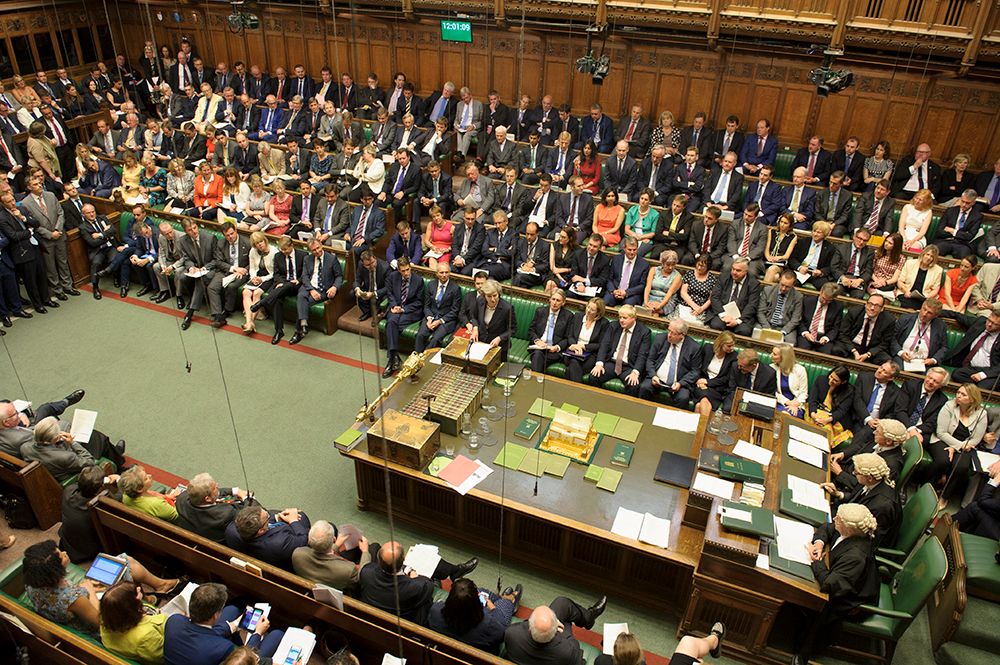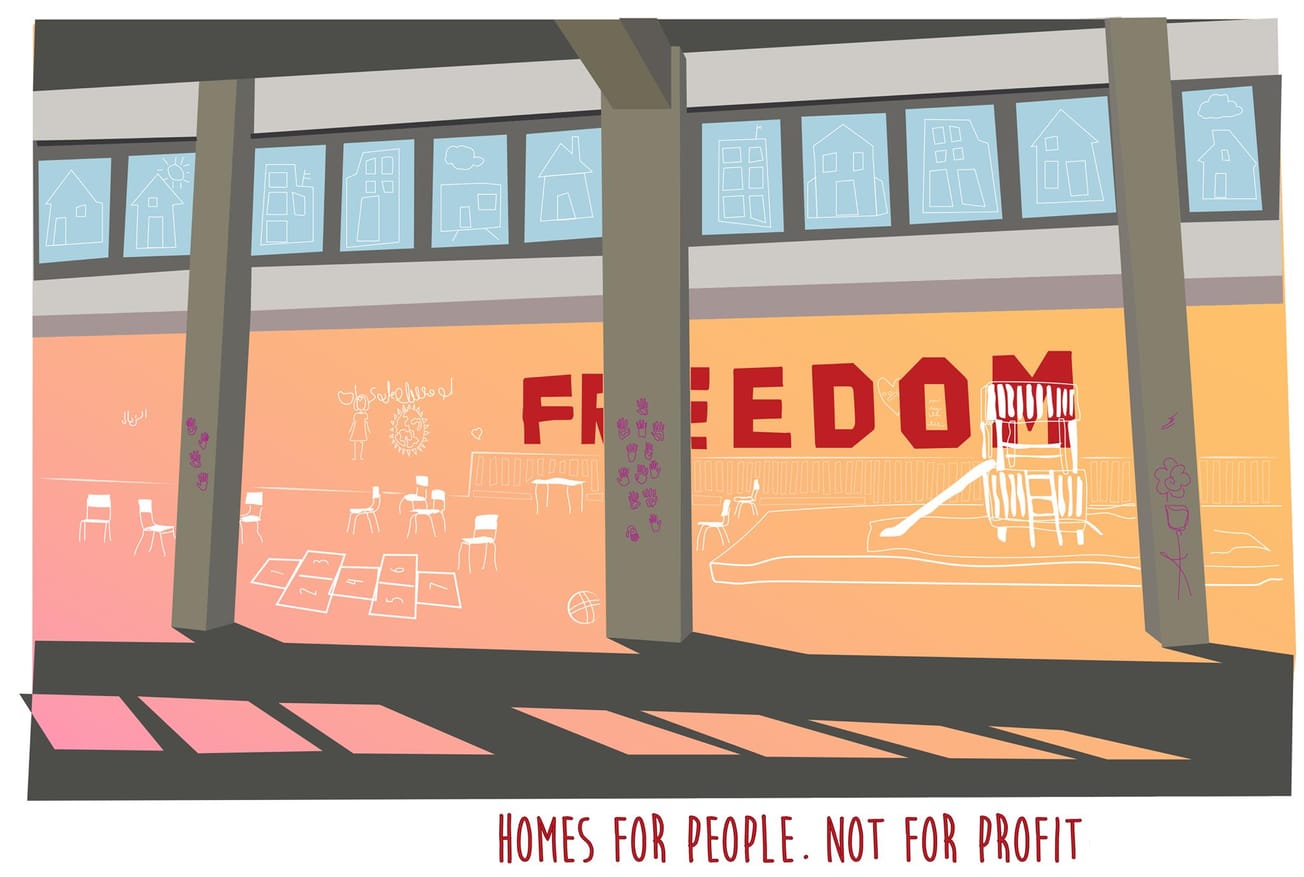By Matt Dominey, 3rd Year Politics & International Relations
Confused by the chaos of British politics? Here is everything if you need to know about what hap-pened yesterday, why it matters, and what could happen next.
What happened?
On Wednesday a vote of confidence was held by Conservative MPs on Theresa May’s leadership. May won by 200 votes to 117, which means that she had the backing of 64% of MPs and a majority of 83. Per the Conservative Party rulebook she can now not be challenged for another 12 months.
It is important to remember that around 145 of the 317 MPs that voted are on the Government’s payroll as ministers, parliamentary aides and trade envoys. Subsequently, they would be expected to support the Government. This implies that a majority of her 160-170 backbenchers voted against her.
Is it the end of May?
While May’s defeat was significantly higher than expected, the rebels’ claims that if more than 100 MPs voted against her, she would have to resign are yet to come true. In a defiant statement out-side No. 10 last night, May said she was staying put and planned to seek further concessions from Europe before putting her deal before parliament.
Whether this will solve the paralysis is yet to be seen. Theresa May does not have enough support to get her deal through the Commons, and the rebels have scuppered their one chance to dethrone her.
What about her deal?
We now know that over 100 Conservative MPs do not want Theresa May as Prime Minister. It is hard to imagine any of these rebels backing her deal when it comes before the Commons at some point in the next month, making the deal’s defeat inevitable. So what does Theresa May do?
Her first option is to seek further concessions from Europe to try and make her deal more palatable to backbenchers. All eyes will be on her visit to Europe this afternoon to see if a compromise is possible, but there is substantial evidence to suggest it won't be. While EU leaders have indicated they might be able to offer clarifications on the Irish backstop, they have given no indication they wish to contribute anything substantive. Given the size of the opposition to May’s deal, and how much the rebels hate the backstop agreement, kind words from European diplomats are unlikely to change anything.
The European Commission's President has firmly rejected Theresa May's request to adjust the Irish backstop aspect of her Brexit deal. What should she do now? #DarrenOnLBC pic.twitter.com/blDr4uoECx
— LBC (@LBC) December 14, 2018
What about a no deal Brexit?
Also looking increasingly unlikely is a no-deal Brexit. Had Theresa May been defeated and re-placed by an ardent Brexiteer the chances of a non-deal exit would have significantly increased. However, with May safe for another 12 months, the likelihood of this happening are slim. While no-deal remains the default exit path for the UK if nothing is resolved between now and 29th of March (just 106 days away!), it is hard to imagine either this Prime Minister or parliament allowing such a catastrophe to occur.
What about Norway plus?
With her leadership secure from the substantive threat of Brexiteers, May could make a more concerted effort to reach out to Labour MPs to get a deal through parliament. For this to work, she would probably have to abandon her deal and opt for something more akin to Norway plus. This would require May to agree to the EU’s freedom of movement laws, to which opposition has been a central pillar of her Brexit strategy.
Even if she did bite the bullet, the chances of this option succeeding are slim. The most ardent Labour Brexiteers have shown little appetite for collaborating with the Tories, and her decision to reach across the aisle could divide the Conservative Party permanently.
A People’s vote?
With May’s deal dead, no-deal Brexit unlikely and Norway Plus demanding serious political sacrifices, a People’s Vote is looking increasingly likely. While it has been publicly denounced by No. 10, several of May’s staff have noted in private that it may be the only option left.
However, there are serious questions about what would be on the ballot. The most common suggestion is a threeway vote where people can list no Brexit, May’s deal and a no-deal Brexit in order of preference. The option with the least amount of first preference votes would then be removed, and the choice of those who opted for it redistributed to their second preference. All the polling suggests that May’s deal would finish a pathetic last, with no Brexit and no deal neck and neck in first place.
So what?
All in all, I reckon the next few months will unfold as follows. Theresa May will achieve minor con-cessions from Europe, but they fail to have a significant impact on her deal’s prospects. A Parliamentary vote is then held on the amended deal shortly after the concessions are announced and is defeated by around 100 MPs. As a result, calls for a People’s Vote intensify and with no other option, May decides to take her deal to the country. As to who wins the referendum: I don’t have a clue.
Featured Image: Flickr / UK Parliament/ Jessica Taylor
Do you have any Brexit predictions for the next few months in light of the result? Let us know in the comment section below.
Facebook // Epigram Features // Twitter








